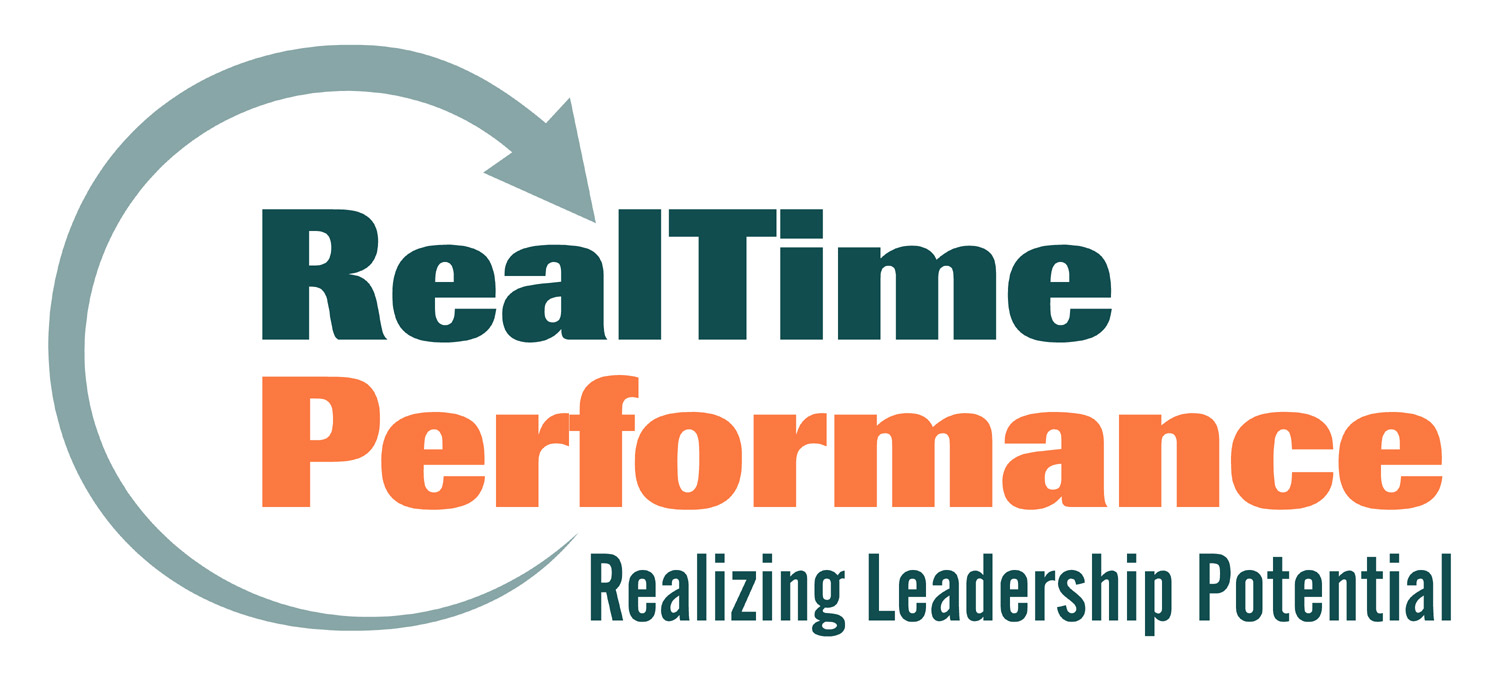Imagine walking through a Las Vegas casino and observing the following:
A patron at the Blackjack table is dealt a 17. The gambler decides to take a hit. The dealer turns over a 4. The player wins. The dealer says to the gambler, “good decision.”
But was it?
Well, in this particular case the outcome was positive, but we know there was a considerable amount of luck involved. In Blackjack, when a player hits on 17 there is a much greater chance of busting (losing) than there is of winning. The better decision in that situation is to stay, and hope that the dealer busts.
When we evaluate our decisions, we tend base our judgment on the quality of the outcome. If the outcome is positive, it was a good decision, or so the thinking goes. I see this in business. A poor decision is made, yet largely due to the element of luck, the outcome is positive. What do we do? We shower the decision maker with praise and maybe even promote them.
To improve our decision making, it’s important to evaluate our decisions and learn from them. However, we shouldn’t focus solely on the outcome.
Annie Duke is a professional poker player with over $4 million in lifetime earnings and was at one point the leading female money winner in the World Series of Poker. Everyday she is making high stakes decisions that involve uncertainty. Over time she’s learned to separate decision quality from outcome quality:
There’s this word that we use in poker: “resulting.” It’s a really important word. You can think about it as creating too tight a relationship between the quality of the outcome and the quality of the decision. You can’t use outcome quality as a perfect signal of decision quality, not with a small sample size anyway.
Another way Annie describes this is by examining a coin flip:
Say I have a fair coin. I can tell you exactly what the probability of heads or tails on the next flip is. But I can’t tell you what the next flip will be. That’s what accepting outcomes is like. Accepting that you don’t know if the coin will land heads or tails on the next flip. That means that if you offer me a $2-to-$1 gambling proposition on this coin, I should be willing to do that. Even if I lose the next 10 flips, that doesn’t mean that I made a bad decision. And I should strive to be happy that I made a good decision and not focus on the result. It’s a mindset thing.
When I facilitate Decision Mojo (a workshop to improve decision making) I ask participants what they find most difficult about decision making. One of the most popular responses is “dealing with making mistakes.” Fear of making a bad decision paralyzes people. They shift into “analysis paralysis,” seeking more information in a futile attempt to reduce uncertainty. Or, on the other extreme, they give in to the uncertainty and make a snap decision. Neither approach is ideal.
Here is Annie Duke on dealing with uncertainty in decision making:
Wrap your arms around the uncertainty. Accept it. Know that the way things turn out has a lot of luck involved so don’t be so hard on yourself when things go badly and don’t be so proud of yourself when they go well. Focus on process instead.
One of the best ways to focus on the process is to keep a decision journal. As you go through the decision-making process, write down the options you considered, the people you talked to, the data you queried and the unknowns. Describe the various outcomes and corresponding probabilities.
After the decision is made and the outcome is apparent, you can revisit the journal and evaluate the decision process. The best way to evaluate the quality of our decisions is to evaluate the process by which we make decisions.
Sean P. Murray is an author, speaker and consultant in the areas of leadership development and talent management. Learn more at RealTime Performance.
Twitter: @seanpmurray111
Photo Credit: Blackjack by Eric Hersman. Licensed under CC by 2.0


